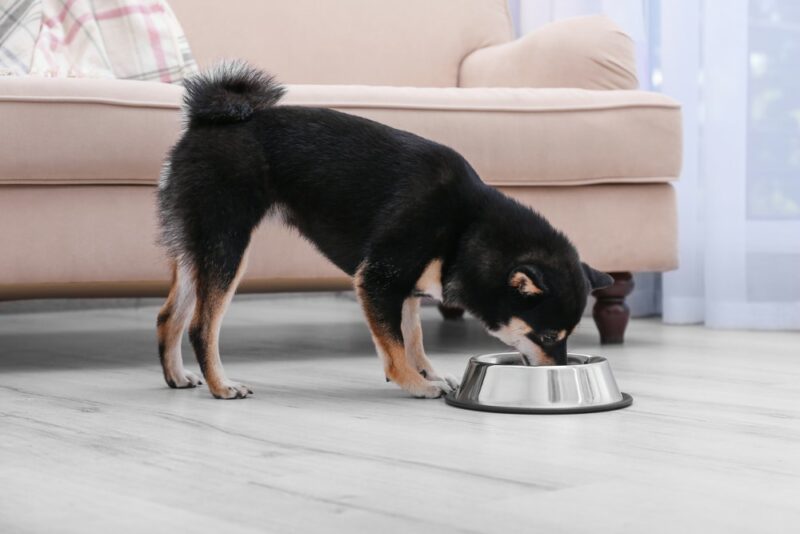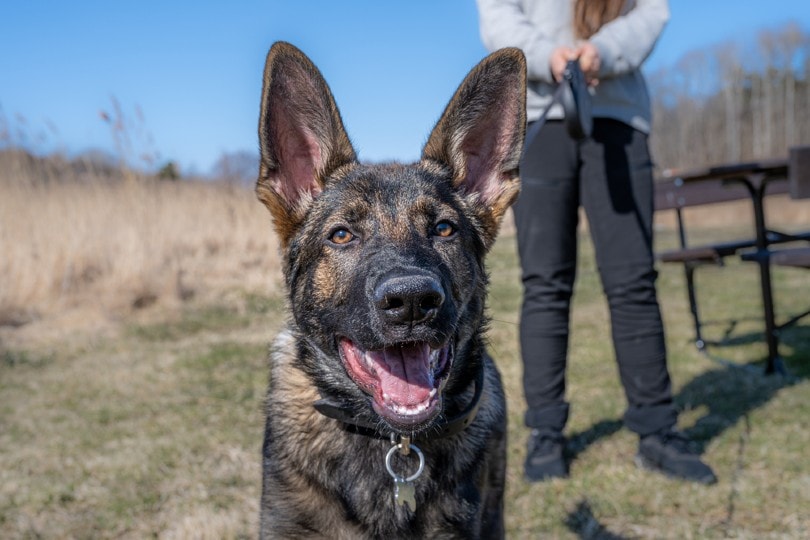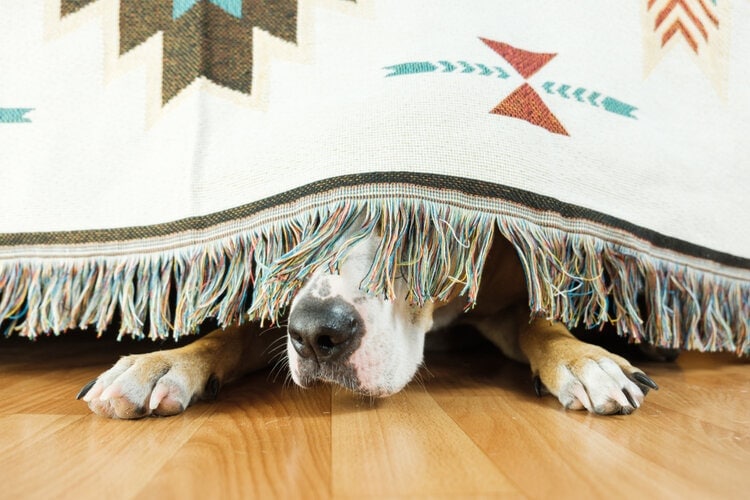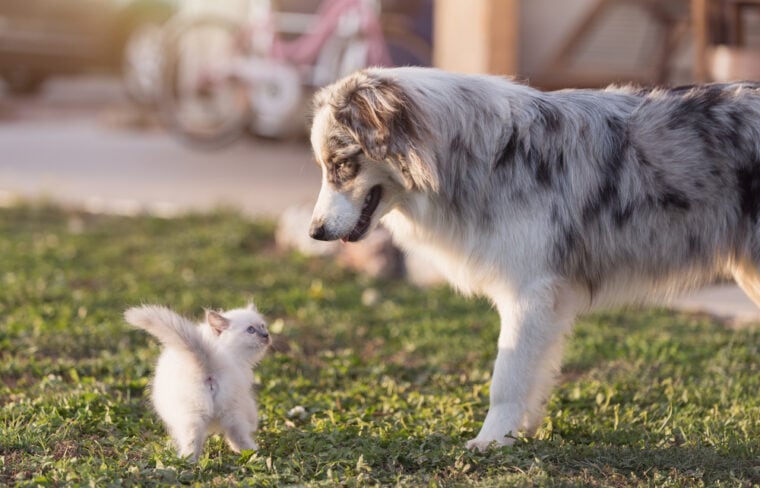
There are, of course, many instances of cats and dogs getting perfectly well. They can share the same house, spend time together, and, apart from some boisterous playtime sessions, never fall out. There are dogs that gleefully meet new cats, and cats that will happily mix with dogs they don’t know. However, there are also those cats and dogs that don’t get along. Often, they come from the same house, which can make home life awkward.
So, why is it that some cats and dogs seemingly hate each other? According to experts, it is because the two species communicate differently, so while the wag of a dog’s tail signifies it is happy, it can look like a threatening move to a cat. And, dogs and cats are both predators, which means that they may view the other as competition for the same prey.
Fortunately, even if you have a cat and dog that don’t get along, there may be steps you can take to help them bond and at least tolerate the other’s company.
Why Cats & Dogs Don’t Get Along
There are many cases of dogs and cats getting along with one another, and some readers are likely to have both species in their own homes. They can coexist, often peacefully, and sometimes even amicably. But there are natural reasons that these two popular pet species don’t get along.
They Communicate Differently
The main reason that cats and dogs don’t get along is that they are very different species, and they communicate differently. This means that they also read body language differently.
Dogs love to chase, and they find a lot of enjoyment in running. When two dogs run together, it is usually a sign of friendship. Similarly, a friendly and playful dog might run towards a cat in a bid to play. However, cats don’t act in this way, and when they see a large dog running toward them, they are more likely to see this as a threat rather than a sign of possible friendship. The cat’s instinct is to run from the potential danger, but this only encourages the dog further, and so the problem escalates.
Tail wagging is another way in which the two species communicate differently. A dog wags its tail to show enjoyment and happiness. A cat typically wags its tail to show that it is under threat or that it needs to defend itself. If a cat sees a dog wagging its tail, it may see this as a potentially aggressive move.

Competition
Cats and dogs have long been domesticated and lived with or near humans. And both, either directly or indirectly, have relied on humans for food. This means that they naturally compete for food and have done so for millennia. Even today, if a cat is fed on the ground or takes a treat to the floor, the family dog is likely to try and steal it, causing friction between the two.
Both domesticated animals also compete for human attention and they can both get jealous of the attention the other is getting. Cats can be very territorial and see a new pet dog as trying to muscle in on its territory.
How To Help a Cat & Dog Get Along
1. Socialize from a Young Age
Socializing your dogs and cats is an important step in their development. Basically, it introduces them to new situations, people, and other animals. They become desensitized to the experience, and this makes them less likely to view any new encounters as being threatening. Socialization is most effective when started at a young age so take your puppy to puppy classes and find ways to socialize your kittens. It will pay off in the long run.
2. Go to Training Classes
Training classes are a great opportunity to socialize your dog and get them used to other dogs, although there will rarely be cats at the classes. You also learn the basics of training, which includes good recall and also how to keep your dog calm in new situations. You won’t learn every command you ever need at training, but you will be taught how to teach new commands.
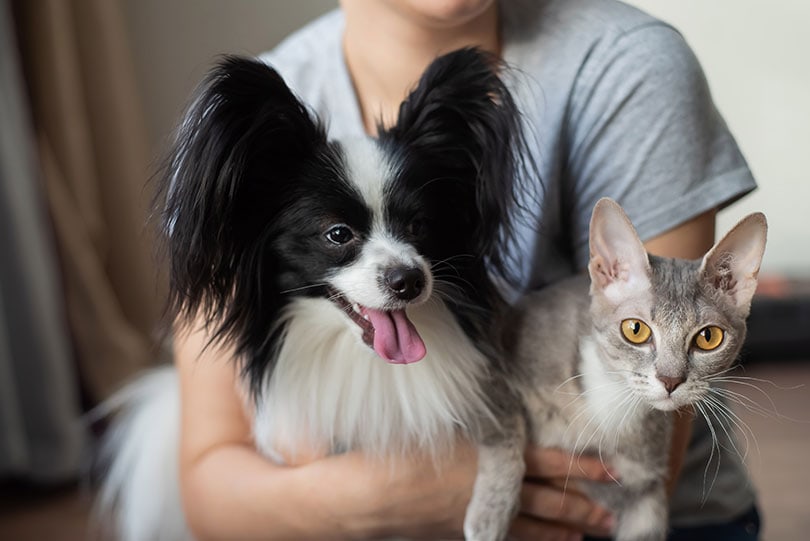
3. Take It Slowly
Whether you are introducing a new dog to the cat in your home, or you are trying to socialize your dog, it is important that you take things slowly. If you go too quickly, it can be overwhelming for the animal, which can lead to your efforts having the opposite effect. Introductions should be slow and gradual, giving the cat the opportunity to get away to somewhere safe. Training and socialization should be slow enough that the animal can get to grips with one stage before moving on to the next.
As well as taking it slowly, you should also remain calm throughout. Animals pick up on our emotions, so if you exhibit signs of anxiety and stress, your cat or dog will pick up on it.
Conclusion
Cats and dogs can and do get along, but there are instances of them seemingly hating one another. A lot of this acrimony comes from the fact that the two species act and communicate very differently to one another. Socializing them can help introduce them to the other species and desensitize them to their actions, while training helps further reinforce this. In all cases, you should take your efforts slowly and always be calm and patient.
See also:
- Can Cats & Dogs Share Water Bowls? Vet-Approved Facts & FAQ
- Can Cats & Dogs Share Water Bowls? Vet-Approved Facts & FAQ
Featured Image Credit: Stock-Asso, Shutterstock




